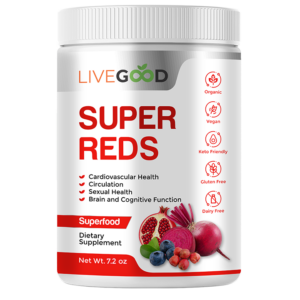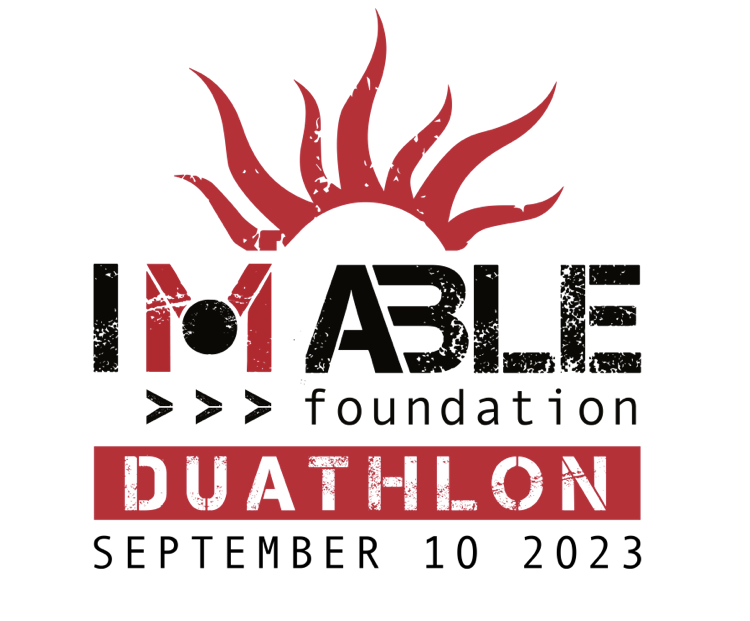Preparing for a 6.5-mile race leg requires more than just training; it also calls for proper nutrition to fuel your performance. In this blog post, we’ll explore essential nutrition tips to help you power through your race leg with energy and endurance. From carbohydrate loading to hydration strategies, we’ve got you covered. Let’s dive in!
1. Carbohydrate Loading:
Carbohydrate loading is a technique used by endurance athletes to maximize glycogen stores. Gradually increase your carbohydrate intake in the days leading up to the race to ensure your muscles are fueled for the long run. Focus on consuming whole grains, fruits, and starchy vegetables to replenish glycogen stores effectively.
2. Pre-Race Meal Timing:
Timing your pre-race meal is crucial for optimal digestion and energy levels. Aim to eat a balanced meal containing carbohydrates, lean proteins, and healthy fats about 2-3 hours before your race. Opt for easily digestible foods like oatmeal with banana and nut butter or whole-grain toast with a scrambled egg.
3. Hydration Strategies:
Hydration plays a vital role in your race performance. It’s essential to maintain proper fluid balance and prevent dehydration. Start hydrating consistently in the days leading up to the race and consider using electrolyte-rich drinks during intense training sessions. Monitor your hydration levels and adjust fluid intake accordingly.
4. Pre-Race Snacks:
As the race start time approaches, consume easily digestible pre-race snacks to provide quick energy. Consider options like energy gels, bananas, granola bars, or sports drinks. These portable snacks will give you a boost without weighing you down.
5. Fueling During the Race:
During longer races like your 6.5-mile leg, fueling is essential to maintain energy levels and prevent fatigue. Consume easily digestible carbohydrates at regular intervals during the race. Energy gels or sports drinks are convenient options that provide quick energy. Experiment during training to find the fueling strategy that works best for you.
6. Sensible Recovery Nutrition:
After completing your leg, prioritize recovery nutrition to aid in muscle repair and glycogen replenishment. Within 30-60 minutes post-race, consume a combination of carbohydrates and protein. Opt for options like a banana with Greek yogurt or a protein smoothie to kick-start the recovery process.

Fueling your body properly is crucial for a successful 6.5-mile race leg. Incorporate these nutrition tips into your training plan to optimize your performance and help you cross the finish line with strength and determination. Remember to experiment during training to find what works best for you. Good luck, and may your race be filled with energy and accomplishment!
Incorporating super reds into your diet can potentially enhance your physical performance. Super reds are a blend of nutrient-dense red fruits and vegetables that are rich in antioxidants, vitamins, minerals, and phytonutrients. Here’s how they may benefit your physical performance:
1. Increased Energy Levels: Super reds typically contain natural sources of energy, such as beetroot and pomegranate. These ingredients can enhance nitric oxide production, which helps improve blood flow, oxygen delivery, and nutrient uptake to your muscles. This can lead to increased endurance and reduced fatigue during physical activity.
2. Enhanced Recovery: The antioxidants found in super reds, such as anthocyanins and vitamin C, help combat oxidative stress caused by intense exercise. By reducing inflammation and promoting muscle recovery, super reds may help you bounce back quicker after workouts or races, allowing you to maintain a consistent training schedule.
3. Improved Immune Function: Regular exercise can temporarily suppress the immune system, making athletes more susceptible to illness. Super reds contain immune-boosting nutrients like vitamin C and polyphenols, which may support a healthy immune response and reduce the risk of getting sick. This can help you stay consistent with your training and perform at your best.
4. Heart Health Support: Many super reds, such as berries and cherries, are packed with heart-healthy compounds like flavonoids and resveratrol. These antioxidants can help improve blood circulation, reduce oxidative stress, and support cardiovascular health. A healthy heart is essential for optimal physical performance, especially during endurance activities.
5. Antioxidant Protection: Intense exercise generates free radicals, which can lead to muscle damage and delayed recovery. Super reds’ high antioxidant content can neutralize these harmful free radicals, protecting your muscles and promoting faster recovery. This can help minimize muscle soreness and stiffness, allowing you to train consistently and push your limits.
It’s important to note that while super reds can be a beneficial addition to a well-rounded diet, they should not replace whole fruits and vegetables. A varied and balanced diet that includes a wide range of nutrient-rich foods is still the foundation of optimal nutrition for physical performance.
If you’re interested in incorporating super reds into your diet, it’s advisable to choose high-quality, organic options like the one you mentioned (https://livegood.com/organicSuperReds). Be sure to follow the recommended dosage and consult with a healthcare professional or registered dietitian if you have any specific health concerns or dietary restrictions.
Remember, while super reds may offer potential benefits, they are just one piece of the puzzle. Prioritizing a well-rounded diet, hydration, proper rest, and consistent training are equally important factors in optimizing your physical performance.

https://imablefoundation.org/impact-kyle-k/